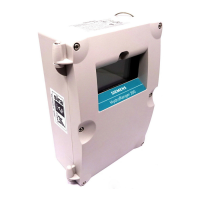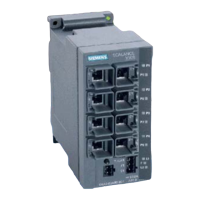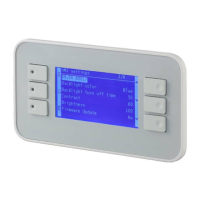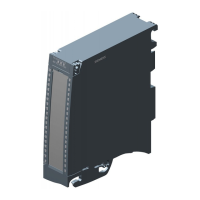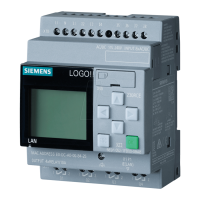Parameter reference
8.6 Setup (2.)
HydroRanger 200 HMI
Operating Instructions, 06/2018, A5E36281317-AC
163
Sets the type of measurement required for the application.
Out of service
*Level how full the vessel is; default for dual-
*Distance distance from transducer to material;
default for single-point model
Flow rate in open channel
Primary measuring device (2.13.2.) (Page 240)
Dual-Point Difference (DPD) and Dual-Point Average (DPA)
Single-point model use
For DPD or DPA, the unit requires either two transducers of the same type, or one
transducer and one mA input. If two transducers are used, all transducer parameters
become indexed, and a third level point is calculated.
● DPD (difference) = Point 1 - Point 2
● DPA (average) = (Point 1 + Point 2)/2. The calculated DPD or DPA is always based on
level measurements of Points 1 and 2.
For these operations any of three level points (Transducer 1, Transducer 2, or the calculated
point) can be used to trigger relays [Level source (2.8.1.2.) (Page 194)].
The points must be globally set to either Dual-Point Difference or Dual-Point Average, as
required. Point 3 becomes the calculated value as shown above. See Setting a rake control
(Page 132).
To set a dual-point device for DPD or DPA functions, Point 3 must be set to either Dual-Point
Difference or Dual-Point Average, as required. Points 1 and 2 cannot be set do Dual-Point
Difference or Dual-Point Average, but these points are used to calculate the value in Point 3.
The calculated DPA is always based on level measurements of Points 1 and 2.
This table shows the available functions:
Sensor Mode (2.1.3.)
1 *Level, Space, *Distance, Flow rate in open channel, Pump
2 *Level, Space, *Distance, Flow rate in open channel, Pump
Dual-Point Difference, Dual-Point Average
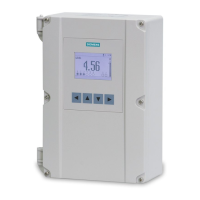
